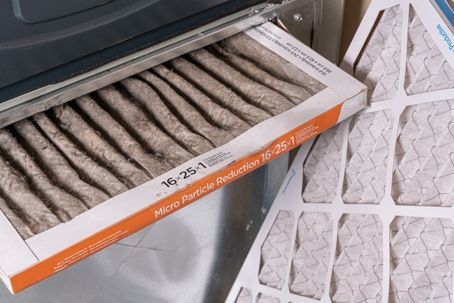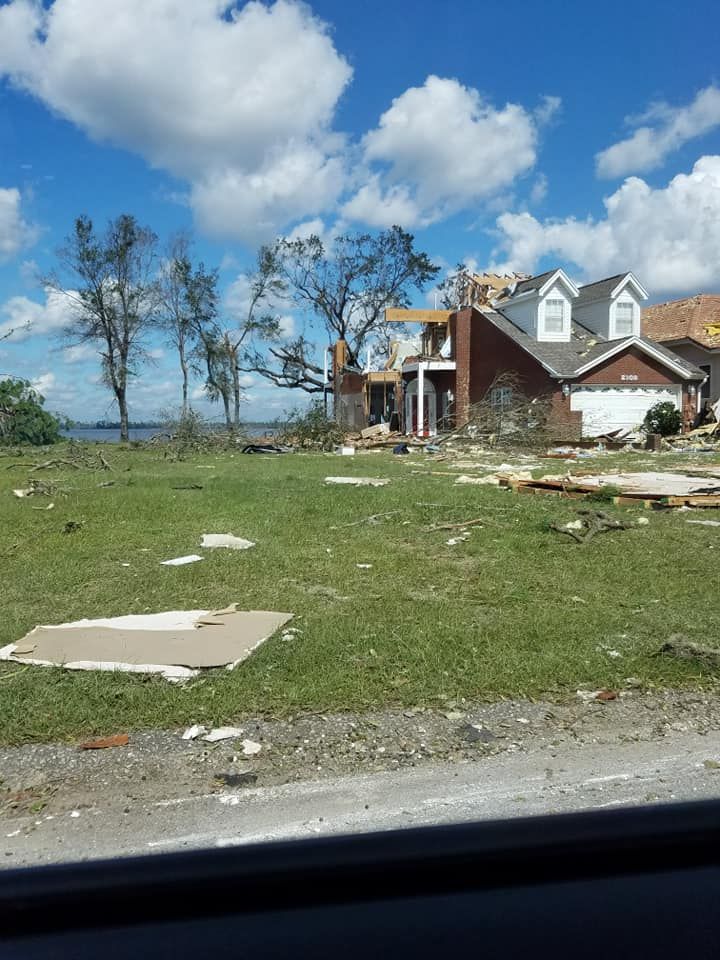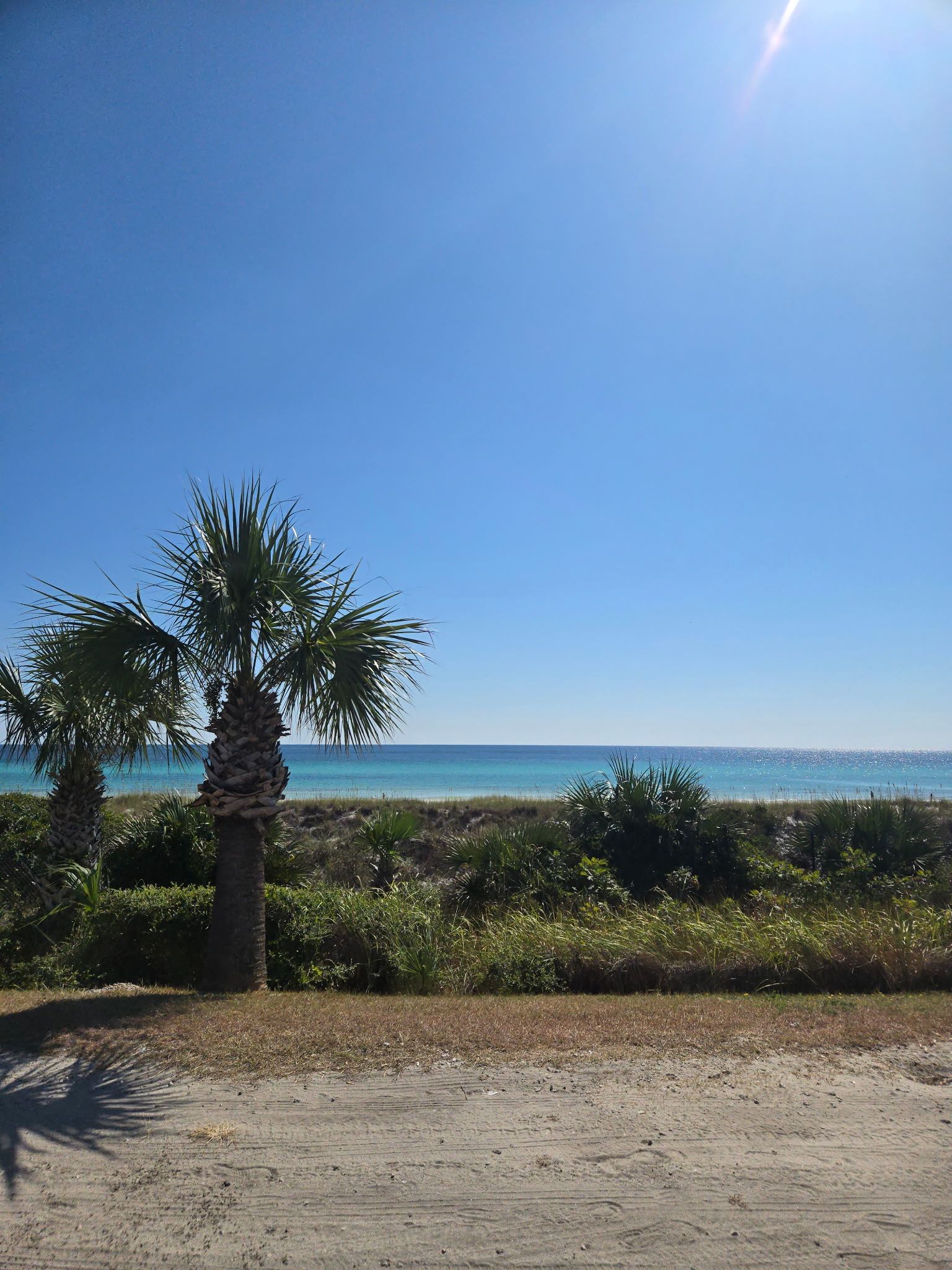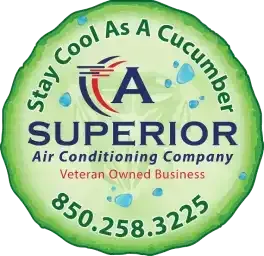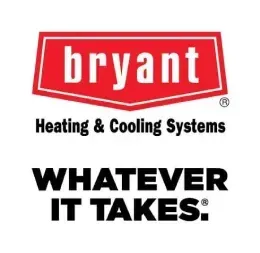By Josh Heverly
•
October 1, 2025
Hurricanes are a fact of life in Panama City Beach. Beyond roof shingles and fences, storms can quietly damage your HVAC system, leading to higher bills, poor air quality, and premature failures. Here’s what happens, what to check, and how to protect your equipment before and after a storm. How Hurricanes Harm HVAC Systems Salt spray + winddriven rain: Forces salty moisture deep into coils, electrical connections, and motors. Salt accelerates corrosion and reduces heat transfer efficiency. Flying debris: Dents fins, bends fan blades, and can puncture coils or damage the condenser cabinet. Flooding + storm surge: Submerges electrical components, contaminates oil, and can short control boards in the outdoor unit and air handler. Power issues: Lightning and grid instability cause surges that fry capacitors, boards, and compressors. Brownouts make motors overheat. Extended outages: High indoor humidity leads to mold risk, swollen doors/trim, and musty odors if the home can’t be dried out quickly. PreStorm Checklist (HomeownerSafe) Shut it down if flooding is likely: Turn the system off at the thermostat and the breaker before landfall. Clear the area: Remove furniture, grill covers, and loose items within 3–4 feet of the condenser. Document condition: Take photos of model/serial labels and overall unit condition for insurance. Surge protection: Install a whole home or unit level surge protector and verify your generator has a proper transfer switch (no back feeding). Filter & drains: Replace the filter and treat the condensate line so the system is ready to dehumidify when power returns. Avoid wrapping the condenser in plastic; it traps moisture and promotes corrosion. Use only manufacturer approved guards or hail screens if applicable. PostStorm Safety Steps 1. Visual check first: Look for standing water, oil stains, bent fan blades, crushed lines, or cabinet damage. 2. Rinse salt off coils: With power still off, gently hose the outdoor coil with fresh water from top to bottom. 3. Do not start a flooded unit: If water reached the base of the condenser or air handler, keep the breaker off and call a professional. 4. Listen & smell on restart: After power is stable and you’ve confirmed there’s no visible damage, restore power and listen for grinding, buzzing, or burning smells—then shut it off and call if anything’s abnormal. 5. Dehumidify quickly: Run AC in “Cool” with a moderate set point (74–76°F). If available, run a wholehome dehumidifier to pull RH below 55% and inhibit mold. LongTerm Storm Hardening for PCB Homes Elevated, anchored pads and hurricane tie downs Coastal-rated coils and anticorrosion coatings Unit level surge protection and locked disconnects Float/overflow safety switches on air handlers Duct sealing to prevent moist air infiltration Smart thermostats with remote humidity alerts (ideal for rentals/second homes) How A Superior Air Conditioning Company Helps Our coastal program combines storm ready installs, preventive maintenance, and post hurricane inspections. We clean and test coils, verify electrical integrity, measure temperature split/static pressure, and document findings for your records and insurer. If replacement is smarter than repair, we specify coastal ready systems engineered for Panama City Beach conditions. Have storm concerns—or need a post hurricane inspection? Contact A Superior Air Conditioning Company. We’ll protect your comfort, your equipment, and your peace of mind before the next storm season. Inspecting Indoor Air Quality After a Storm When storms hit the Gulf Coast, the biggest HVAC risk isn’t just mechanical—it’s indoor air quality (IAQ). Power outages, roof leaks, and flooding drive humidity up, invite mold, and spread contaminants through ducts. Use this guide to assess and stabilize IAQ safely after a storm. First 24 Hours: Quick Triage Safety first: If you suspect electrical hazards, gas leaks, or sewage contamination, stop and call a pro. If the HVAC or air handler was flooded, keep power OFF at the breaker and do not restart. Document water lines, wet areas, and any obvious damage for insurance. Step by Step IAQ Check 1. Measure humidity. Use a simple hygrometer; target ≤55% RH. Once utility power is stable, set the thermostat to Cool (74–76°F) with the fan on AUTO so the system can dehumidify. 2. Look, then smell. Check closets, behind furniture, around supply/return grilles, and near windows for spots, streaks, or musty odors. 3. Replace filters. Discard wet or clogged filters immediately. Consider MERV 11–13 only if your system can handle the added resistance. 4. Clear the condensate path. Confirm the drain pan isn’t overflowing; treat the line via the cleanout with a cup of white vinegar to deter algae. 5. Assess ducts. In wet attics or crawlspaces, flex ducts can wick moisture or disconnect. If you see standing water or collapsed runs, don’t operate until inspected. 6. Ventilate strategically. When outdoor air is drier than indoors, crossventilate for short periods. Otherwise, keep the home closed and focus on dehumidification. ShortTerm Air Cleanup Run portable HEPA purifiers in bedrooms and living areas. Rinse the outdoor coil with fresh water (power off) to remove salt spray. Avoid ozone generators and unproven fogging; they can irritate lungs and damage materials. When to Call a Professional RH won’t drop below ~60% after 24–48 hours. Visible mold larger than a small patch or persistent musty odor from vents. Flooded air handler, tripped breakers on restart, or ice on refrigerant lines. Sensitive occupants (asthma, elderly, infants) are in the home. How A Superior Air Conditioning Company Helps Our post storm IAQ service includes humidity/dew point measurements, temperature split and static pressure readings, coil and blower inspections, condensate cleaning, and duct leakage assessments. We provide documented findings, recommend whole-home dehumidifiers, rightsized filtration, and (when needed) professional coil cleaning and duct repairs as well as duct sealing with Aeroseal. We can also configure smart thermostat humidity alerts for second homes and rentals. Need an expert eyes on after the storm? A Superior Air Conditioning Company serves Panama City Beach, Panama City, 30A, Destin, Fort Walton Beach, and nearby communities. Book your post storm IAQ inspection today.
